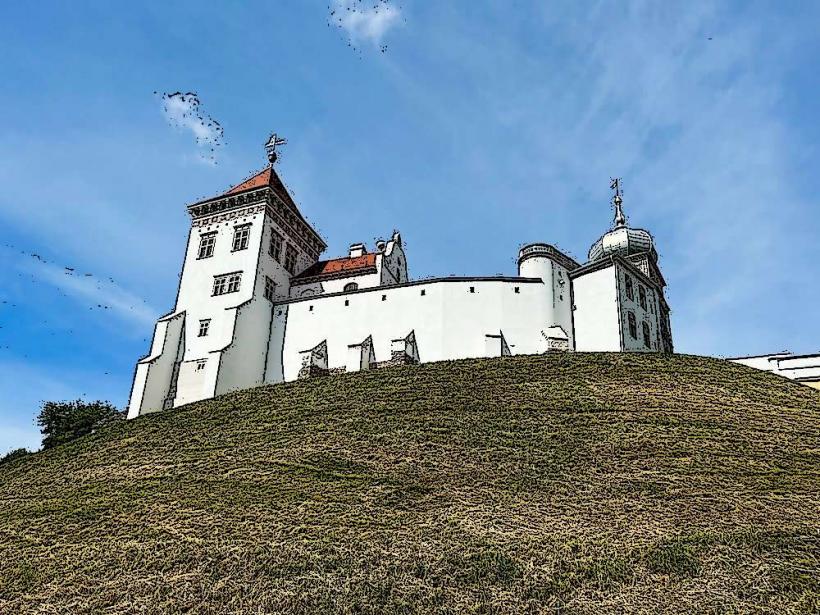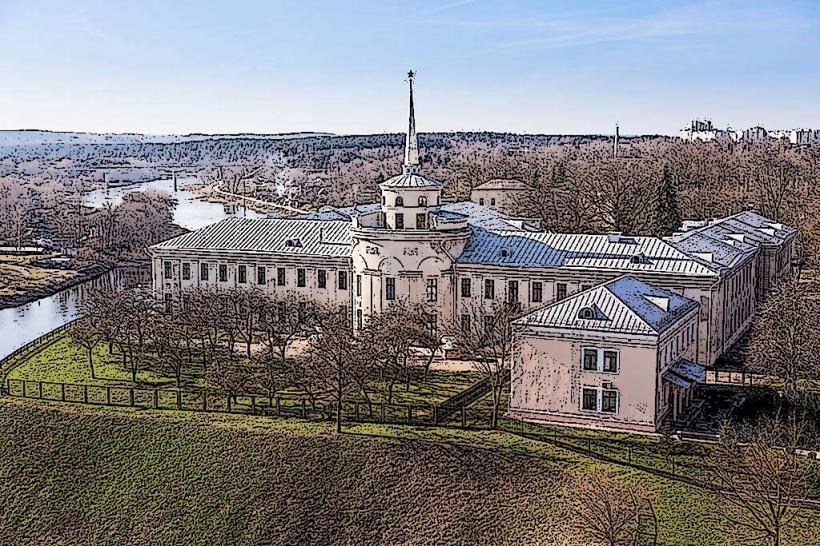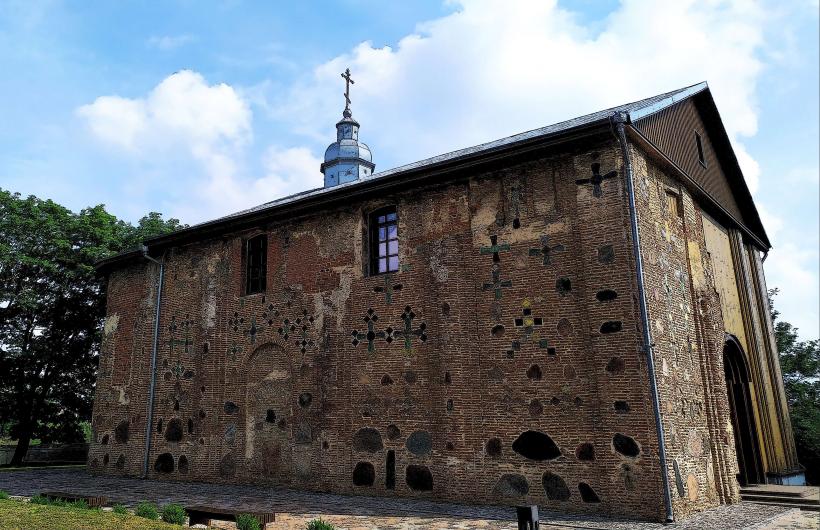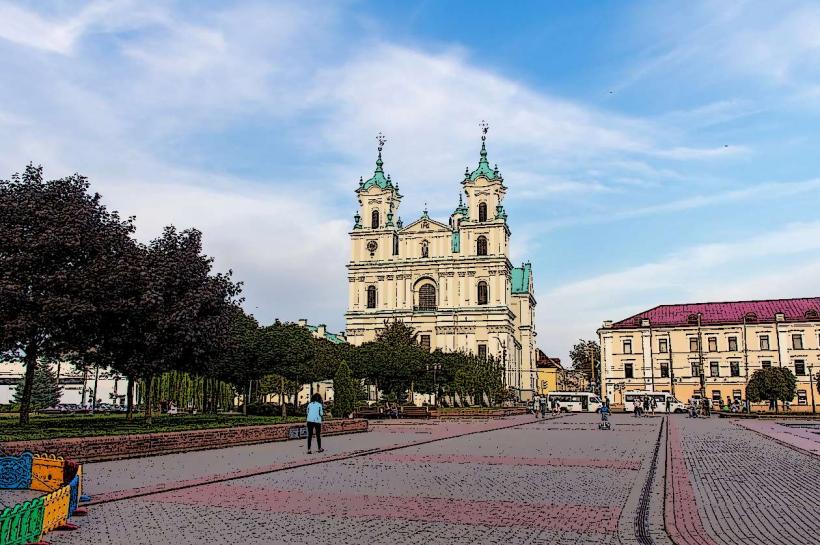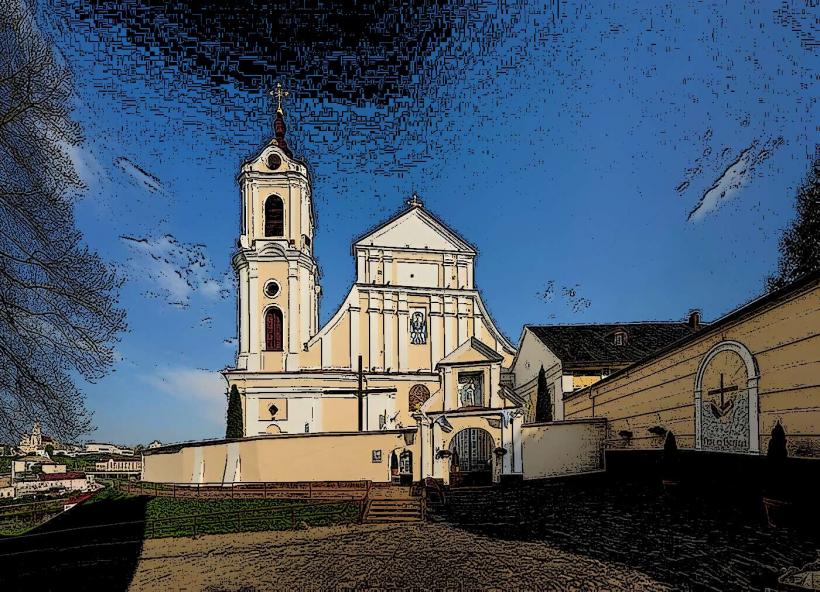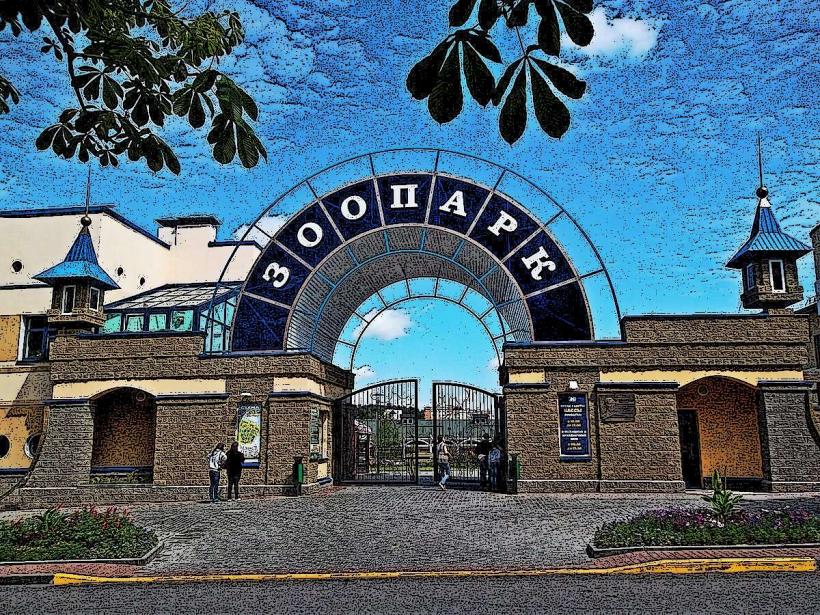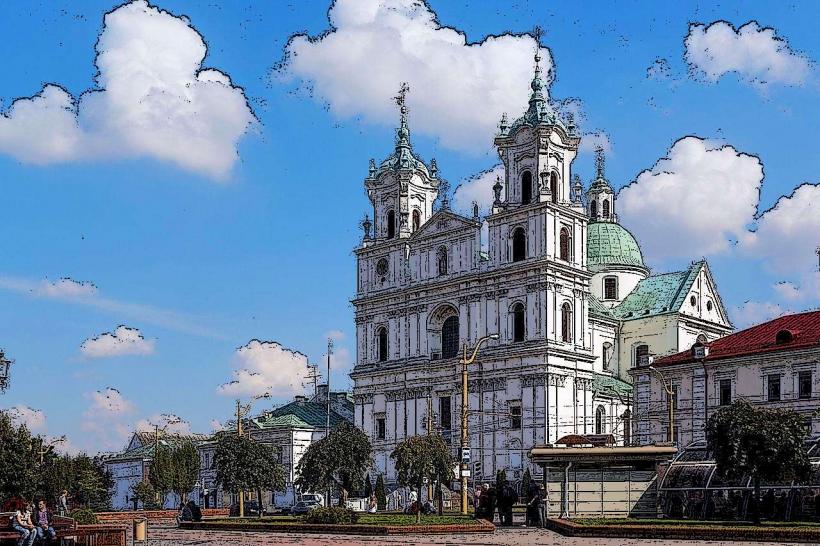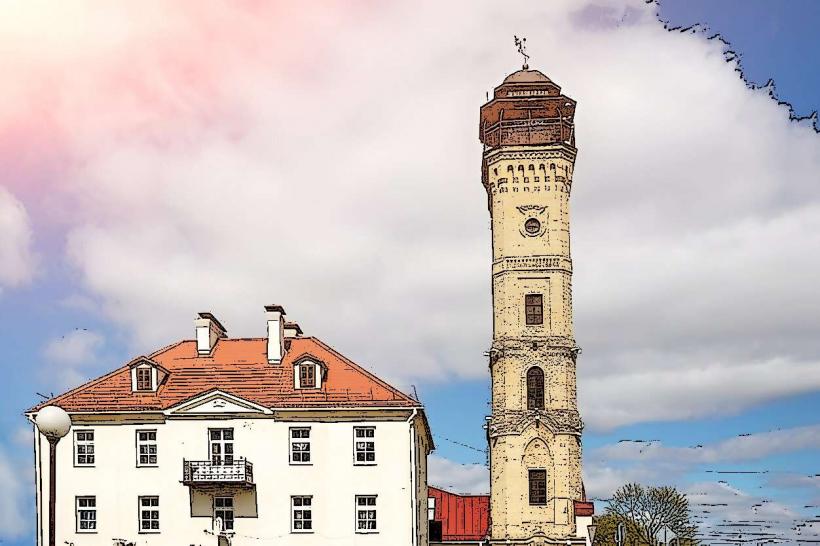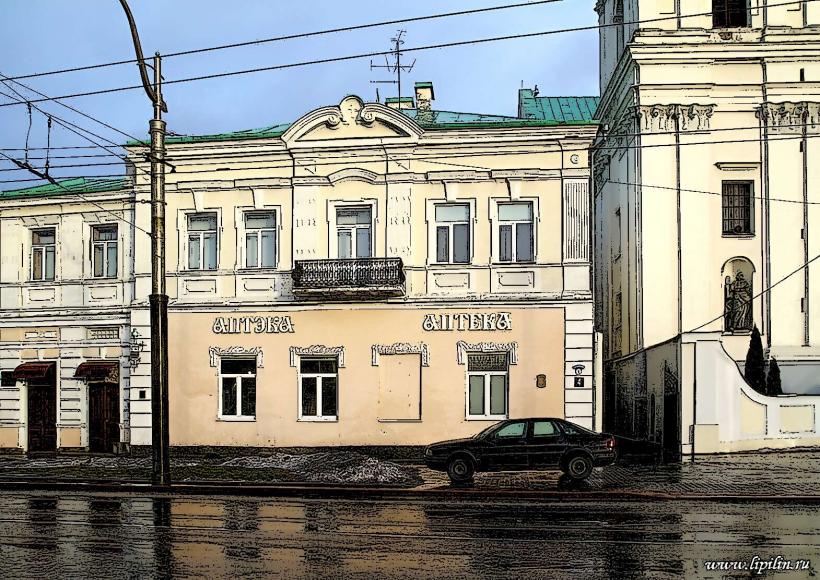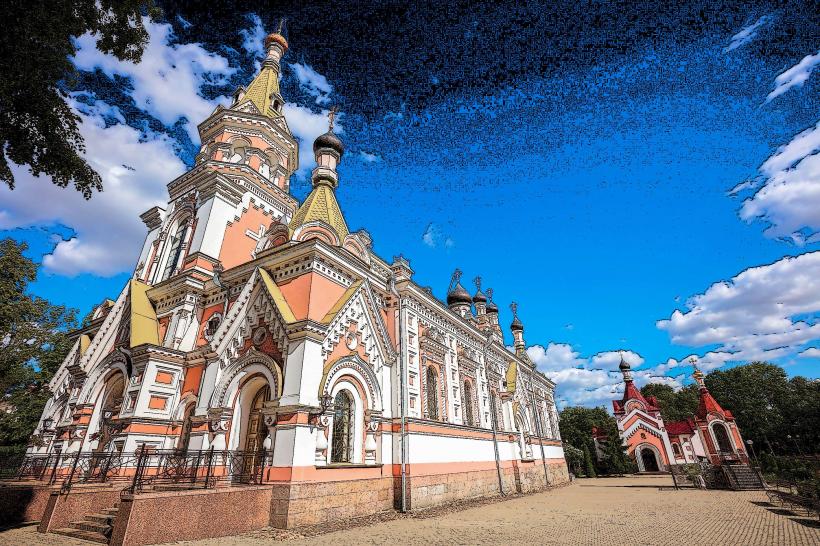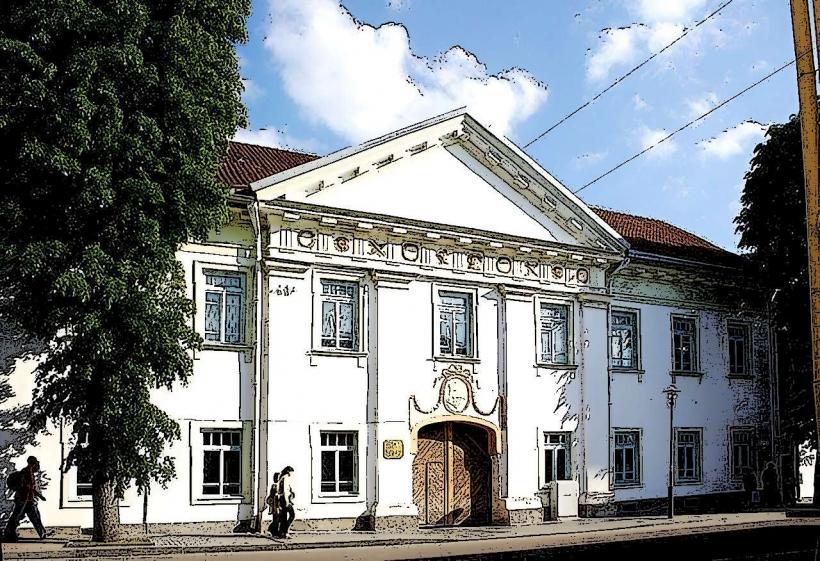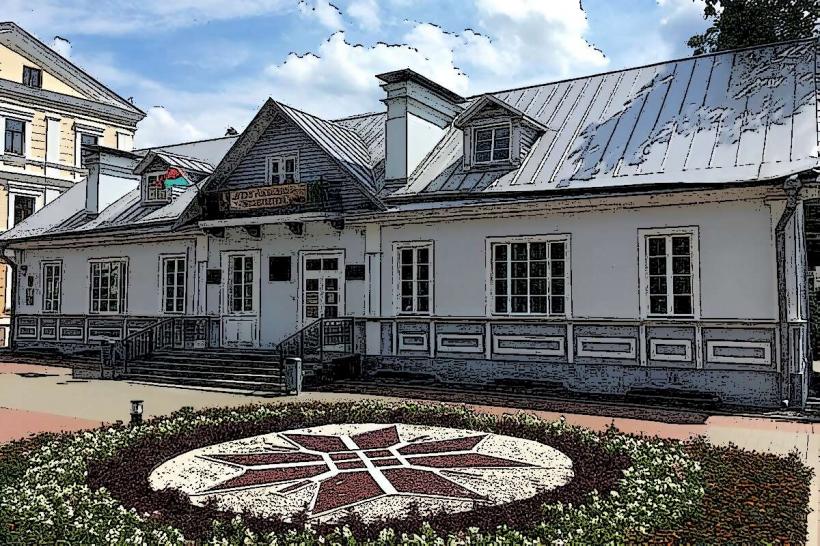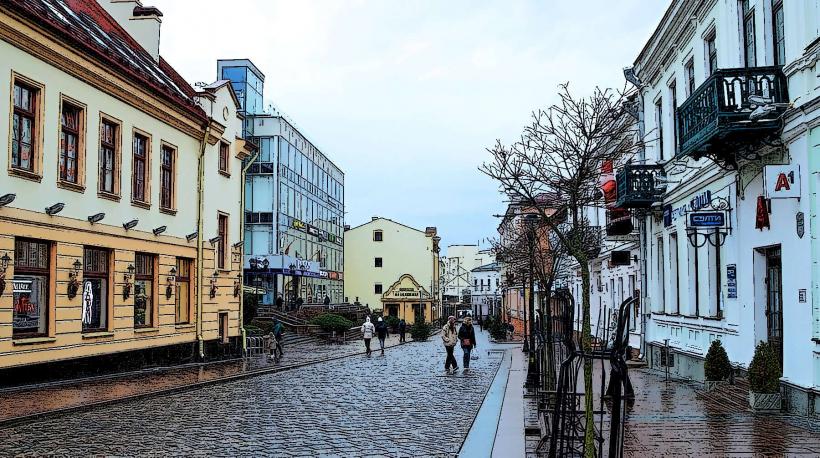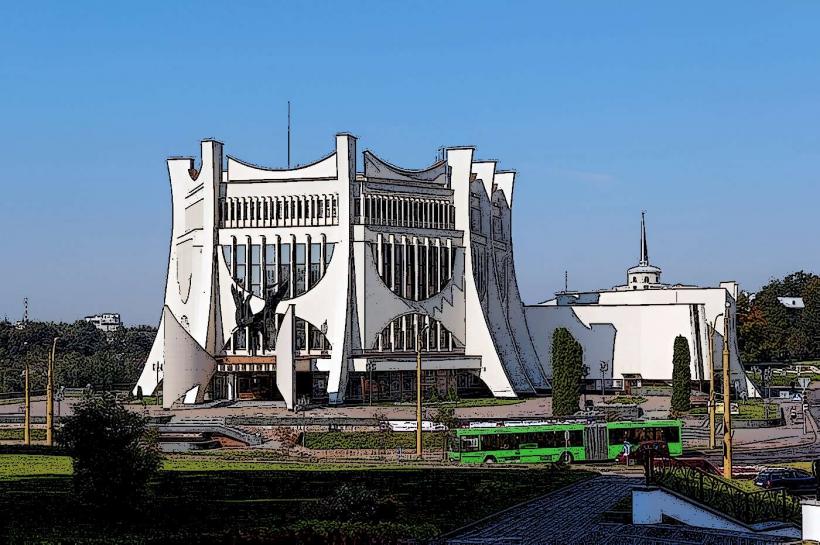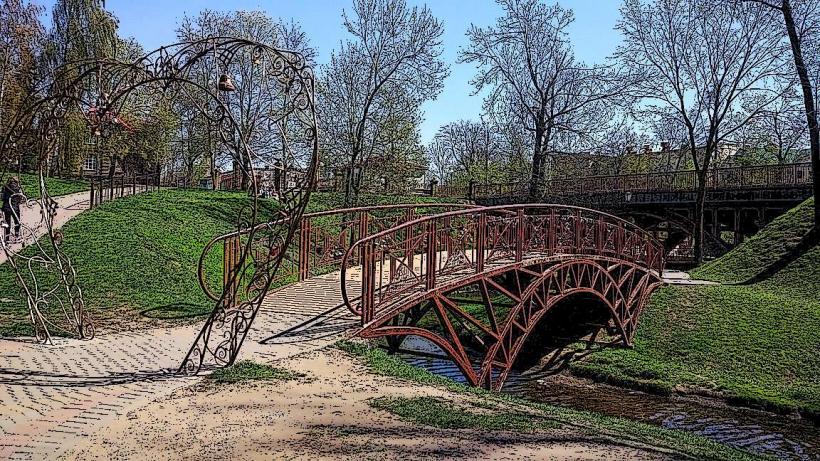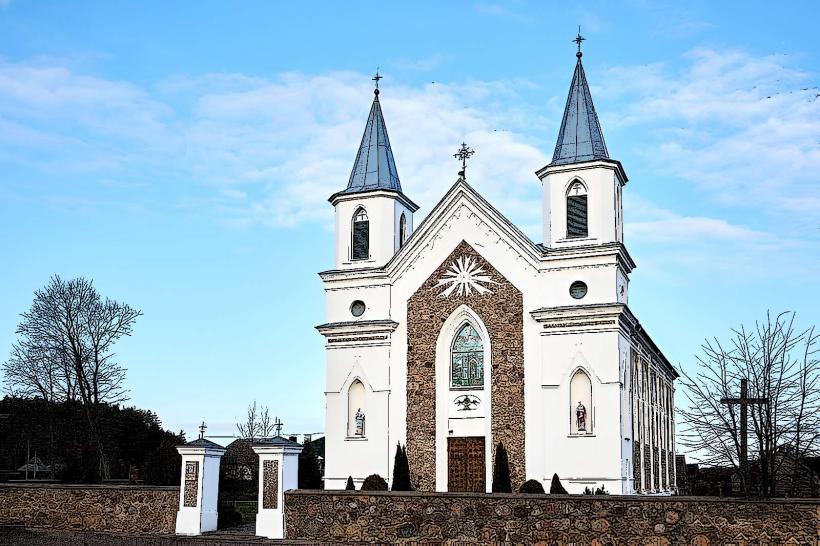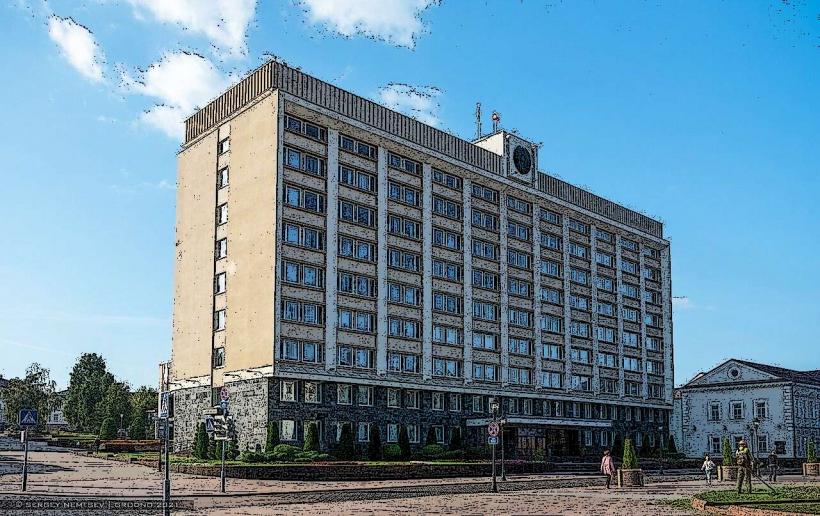Information
City: GrodnoCountry: Belarus
Continent: Europe
Grodno is one of the most historically significant and picturesque cities in Belarus, located in the western part of the country, near the borders with Poland and Lithuania. Known for its rich history, well-preserved architecture, and cultural heritage, Grodno is often regarded as a crossroads of European cultures.
Geography and Location
- Coordinates: 53.6883° N, 23.8258° E
- Region: Grodno Region (Hrodenskaya Voblasts)
- Rivers: Situated on the Neman River, a major waterway in the Baltic basin, which adds to the city’s scenic beauty.
- Proximity: Grodno is located near the borders with Poland and Lithuania, making it a significant hub for trade and cultural exchange between Eastern and Western Europe.
Historical Background
- Early History:
- Grodno was first mentioned in 1128 and was an important city in the Grand Duchy of Lithuania.
- It served as the residence of several Grand Dukes and played a key role in the administration of the region.
- Polish-Lithuanian Commonwealth:
- In the 16th century, Grodno became part of the Polish-Lithuanian Commonwealth, and the city flourished as a center of political, religious, and cultural life.
- The Union of Lublin in 1569, which created the Commonwealth, was signed in Grodno.
- Russian Empire:
- After the partitions of Poland in the late 18th century, Grodno was incorporated into the Russian Empire. During this period, the city became an important administrative center.
- 20th Century:
- The city witnessed significant changes in the 20th century, including being part of independent Poland between the two world wars and later becoming part of the Soviet Union after World War II.
- Following the dissolution of the Soviet Union, Grodno became part of independent Belarus.
Population
- Current Population: Approximately 370,000 (as of 2024), making it one of the largest cities in Belarus.
- Ethnic Composition: Predominantly ethnic Belarusians, with notable Polish, Russian, and Jewish communities.
Economy
- Grodno’s economy is diverse, with a mix of industry, agriculture, and services.
- Key Industries:
- Manufacturing: Grodno has a strong industrial base, with notable sectors including machinery, textiles, and chemicals.
- Food Processing: The city is known for its food production, including dairy products and meat processing.
- Pharmaceuticals: Grodno is home to a major pharmaceutical industry, with the Grodno Pharmaceutical Plant being one of the largest producers of medicines in Belarus.
- Agriculture: The surrounding region is fertile and supports agriculture, particularly grain, potatoes, and livestock farming.
- Trade: Due to its proximity to the European Union, Grodno benefits from trade with Poland and Lithuania, contributing to its economic growth.
Culture and Landmarks
- Old Grodno Castle:
- The Old Grodno Castle dates back to the 11th century and is one of the city’s most significant historical landmarks. It served as a royal residence and was an important defensive structure.
- The castle complex includes the remains of the Great Tower and walls, offering a glimpse into Grodno’s medieval past.
- New Grodno Castle:
- Built in the 18th century, this castle served as a residence for the last kings of Poland.
- The New Grodno Castle houses the Historical and Archaeological Museum and is a key cultural site in the city.
- Kalozha Church:
- Kalozha Church of St. Boris and Gleb is one of the oldest churches in Belarus, dating back to the 12th century.
- It is a UNESCO World Heritage Site candidate and is known for its unique architecture and religious significance.
- Farny Church:
- Built in the 17th century, the Farny Church is a prime example of Baroque architecture and an important religious and cultural landmark in Grodno.
- Grodno Regional Museum:
- This museum houses exhibitions on the history, culture, and natural environment of Grodno and the surrounding region. It offers a deeper understanding of the city’s evolution from its medieval roots to modern times.
- Zhiliber’s Square:
- This central square is surrounded by historic buildings and is a popular gathering place in the city.
Nature and Recreation
- Neman River:
- The Neman River is a central feature of Grodno, providing opportunities for boat tours, fishing, and scenic walks along the riverbanks.
- Krasnaya Gorka Park:
- A large park in Grodno, offering lush greenery, walking paths, and recreational activities. It’s a popular spot for locals to relax.
- Grodno's Botanical Garden:
- A beautiful garden with a wide variety of plants, ideal for nature lovers and those interested in horticulture.
- Lake Svyatoe:
- Located just outside the city, Lake Svyatoe is a serene spot for swimming, fishing, and picnics, making it a popular destination for day trips.
Education and Innovation
- Yanka Kupala State University of Grodno: This is the largest educational institution in the city, offering a range of programs in the arts, sciences, and social sciences.
- Technical Institutions: Grodno is home to several technical schools, particularly in engineering, agriculture, and economics.
- The city is making strides in developing a knowledge-based economy, with growing sectors in research and technology, especially in pharmaceuticals and IT.
Transport
- Railway:
- Grodno is an important railway hub with connections to Minsk, Poland, and Lithuania. It serves as a key transport link for both goods and passengers.
- Road Transport:
- The city is well-connected by road, with highways leading to neighboring countries, including Poland and Lithuania.
- Public Transport:
- Grodno has a network of buses and trolleybuses that serve the city and its surrounding areas.
- Airports:
- Grodno is served by the Grodno Airport, which primarily handles domestic flights. The nearest major international airport is in Minsk.
Languages and Cuisine
- Languages: Belarusian and Russian are the primary languages spoken in Grodno, with a significant number of Polish speakers due to the city's historical ties to Poland.
- Cuisine: Traditional Belarusian dishes such as draniki (potato pancakes), kholodnik (cold beet soup), and borscht are common in Grodno, along with influences from Polish and Lithuanian cuisine. The city also boasts a variety of cafes and restaurants serving both local and European dishes.
Tourism
- Grodno is a popular tourist destination for those interested in history, architecture, and nature. The city’s Old and New Castles, Kalozha Church, and Farny Church are major attractions.
- The Grodno Region is also rich in natural beauty, with several parks, rivers, and lakes, making it an ideal destination for eco-tourism.
- The Cultural and Music Festivals held throughout the year, such as the Grodno Jazz Festival and the Days of Grodno, attract both local and international visitors.
Modern Challenges and Development
- Environmental Issues: Like many cities in Belarus, Grodno faces challenges related to pollution, particularly in industrial areas. However, efforts to improve air quality and green spaces are ongoing.
- Economic Transition: Grodno continues to transition from its Soviet-era industrial base to a more diverse economy, with a focus on services, tourism, and technology.
Significance
Grodno is one of the most culturally rich cities in Belarus, with a unique blend of historical significance, architectural beauty, and cultural heritage. Its proximity to the borders of Poland and Lithuania gives it a distinct European character, while its historical and religious landmarks make it a key city in Belarus's national identity. Whether you are drawn by its medieval past, its vibrant cultural scene, or its scenic beauty, Grodno offers a compelling glimpse into the heart of Belarusian history and culture.

